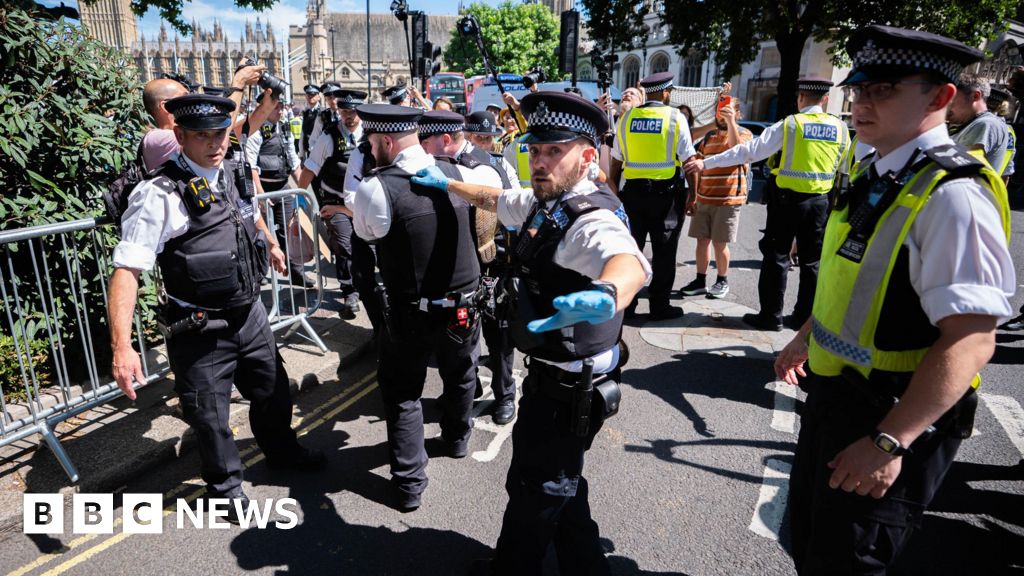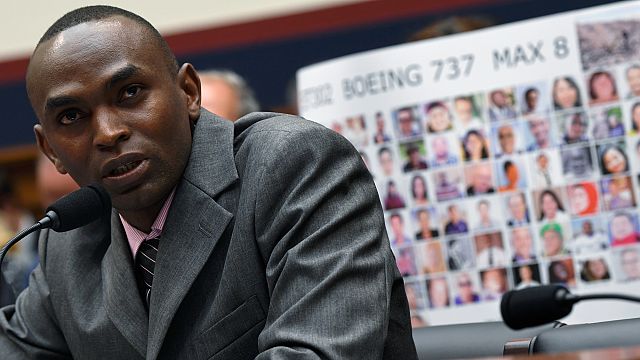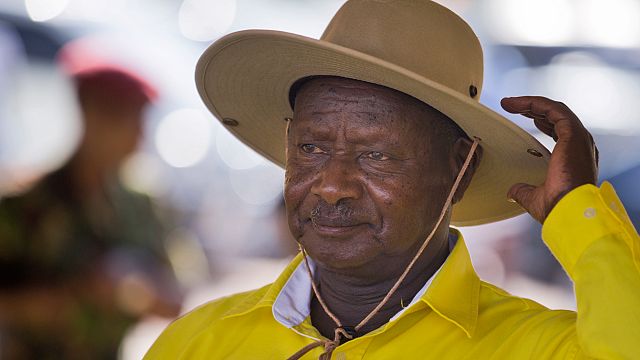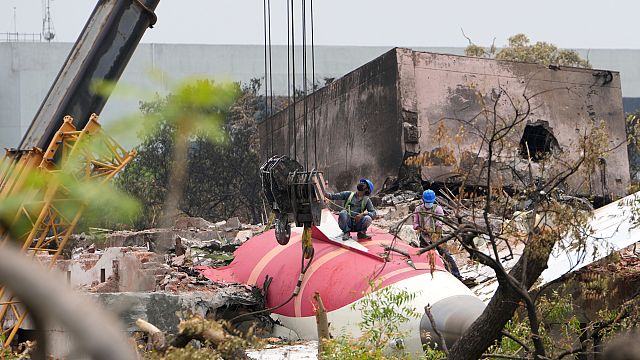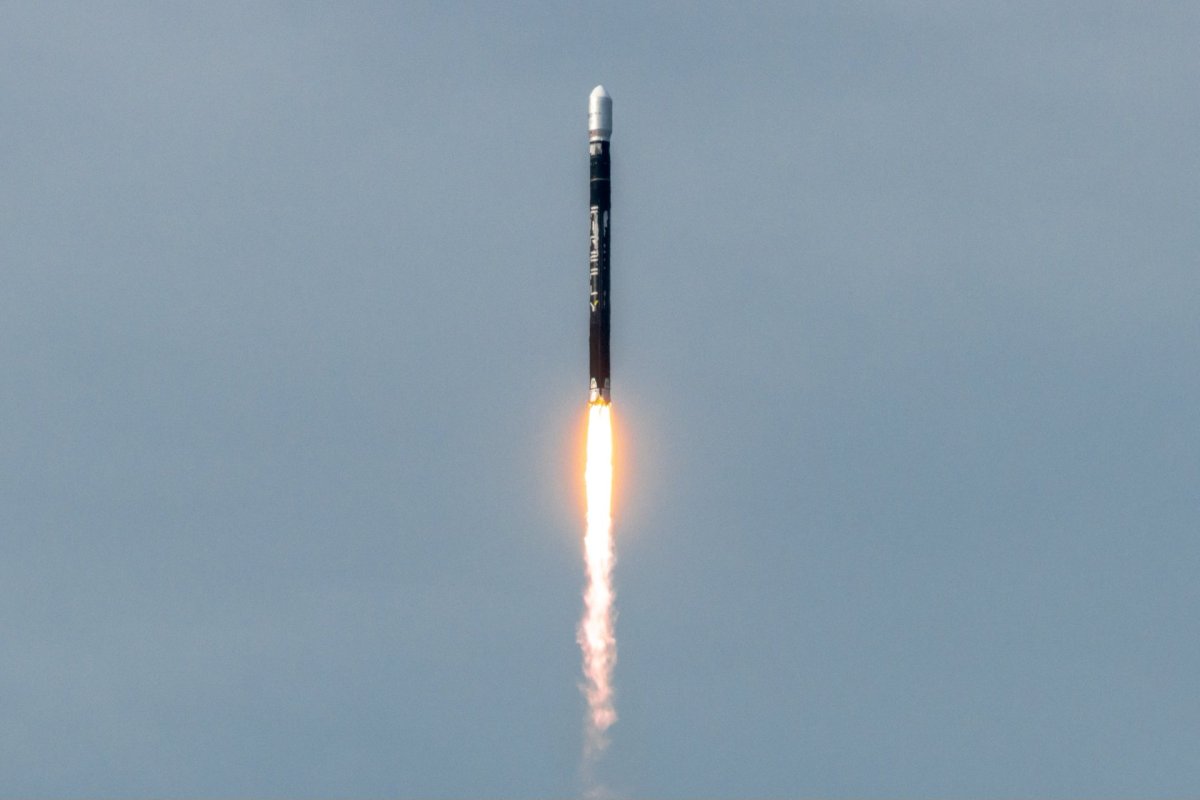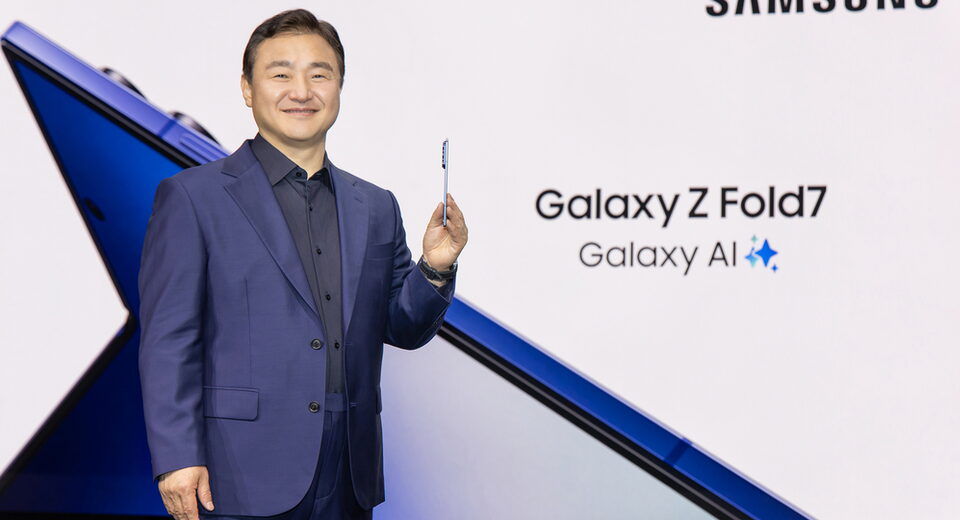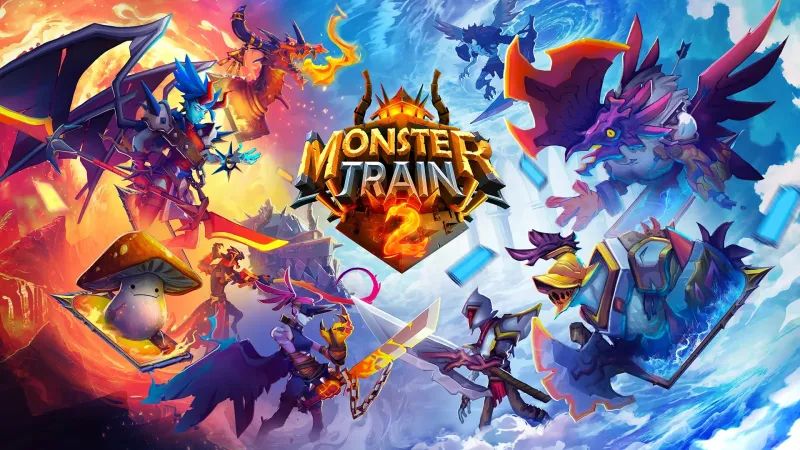Trump Escalates Tariff Threats, Showing Little Interest in New Trade Deals


Even after President Trump announced sweeping global tariffs in April, some investors and supporters comforted themselves by arguing that the president’s goal was still to open global markets, not close them off.
The belief, promoted by Mr. Trump himself, was that he was using his tariffs as a lever to crack open commercial opportunities and the administration would soon deliver dozens of deals that would increase U.S. exports and help American businesses flourish abroad.
Three months later, that optimism is being replaced by doubts that Mr. Trump’s goal was ever to strike the kind of trade deals that would open up markets.
Instead, the president is making new announcements daily about bruising tariffs that will come into effect against dozens of trading partners in just a few weeks. On Saturday, Mr. Trump announced on social media that he would place a 30 percent tariff on goods from the European Union and Mexico, starting on Aug. 1. That followed similar threats this week warning Canada, Japan, South Korea, Brazil, and numerous other nations large and small, of forthcoming tariffs.
Administration officials continue to describe the president’s tariff threats as a gambit aimed at getting more concessions from foreign countries in trade negotiations. But, according to Mr. Trump’s timeline, the window to strike deals and avoid punishing tariffs is rapidly diminishing. So far, the administration has only announced two preliminary deals, with Britain and Vietnam, and the status of the Vietnam deal is now in question.
While handshake agreements with India, Taiwan and other governments could soon be pending, they are likely to be limited pacts that leave much to be negotiated. And even when deals have been announced, Mr. Trump has left double-digit tariffs in place, and promised that more levies on foreign products are on the way.
With less than a month before the Aug. 1 tariffs are supposed to kick in, the Trump administration may have the capacity to deal with only a fraction of the other countries the president is threatening with stiff levies. Some governments that have sought out meetings with U.S. officials have not been able to schedule them.
When Mr. Trump paused his global tariffs for 90 days in April, he said the delay would give his administration time to reach trade deals with countries across the world. Mr. Trump boasted in the intervening months about how countries were lining up to talk to the United States and at one point claimed he had reached 200 deals.
But in the last several weeks, Mr. Trump has seemed unbothered by not having more deals to announce. Instead, he has extolled the volume of tariffs he is heaping on America’s trading partners, claiming that they are more than justified and are bringing in huge sums of money to the United States.
“Everybody has to pay and the incentive is that they have the right to deal in the United States. If they don’t want to, they don’t have to pay,” he said during a cabinet meeting on Tuesday.
He also acknowledged that his government doesn’t have the capacity to do trade deals with every nation.
“We have made some deals,” he said. “We can make a lot more deals. It’s just too time consuming. It just makes it more complicated. And we can do things over the years, too.”
“We got 200 countries. We can’t meet with 200 countries,” he added.
The White House did not respond to a request for comment. A White House official said that deals and tariffs weren’t mutually exclusive for the Trump administration. For many deals, including the one announced with Britain, higher tariffs have been part of the overall package, along with concessions to open up the foreign market, he said.
Many of Mr. Trump’s supporters are happy that he is leaving high tariffs in place, saying they are needed to ensure that the valuable U.S. market is preserved for American companies.
Several of the major trading partners that Mr. Trump has threatened with tariffs this week had already previously negotiated trade deals with the United States, or with Mr. Trump himself. That includes Canada and Mexico, which signed a trade deal with the United States during Mr. Trump’s first term, as well as South Korea and Japan.
Many other countries that have received tariff letters have been in active negotiations with the United States. Mexican officials were in Washington on Friday to discuss a pact that would address trade, migration and border security. But that has appeared to be little deterrent to Mr. Trump.
The renewed threats — and the prospect of the trade wars they could bring about — raise questions about whether any of the president’s supporters will break with him on his aggressive strategy.
Republicans who have long supported free trade, or who come from agricultural states that depend on foreign markets, have long tried to argue that, in the hands of a consummate dealmaker, Mr. Trump’s tariffs could be a tool for more trade, not less. But some have been dismayed by the prospect of stiff tariffs against allies like Canada, Mexico and Europe, all major markets for U.S. farmers and exporters.
During a hearing in April, shortly after Mr. Trump had announced his global tariffs, Republican senators argued that trade wars would harm U.S. exporters and pressed Jamieson Greer, Mr. Trump’s top trade negotiator, not to keep tariffs in place in the long run.
Steve Daines, a Republican senator from Montana, said there was “hope that these tariffs are a means and not solely an end.”
Senator Chuck Grassley, a Republican of Iowa, said he had taken a “wait and see” approach to tariffs because he believed Mr. Trump was using them as a tool to get fairer trade. “If that’s not the case, level with me,” he told Mr. Greer.
Stock market investors also appear to have been betting that Mr. Trump will not actually follow through on many of his tariffs, seeing them more as a negotiating tool than a concrete economic threat.
But Mr. Trump’s Aug. 1 deadline is closing in and he has insisted he will not delay the global tariffs any longer.
Ernie Tedeschi, the director of economics at the Budget Lab at Yale University, said that the country’s average effective tariff rate on imported products had gone from just 2.5 percent at the beginning of the year to 18.7 percent, including the tariff letters the president issued last week. That’s the highest average U.S. tariff rate since 1933, on par with the Smoot-Hawley tariff peaks that worsened the Great Depression.
“To me that’s pretty conclusive evidence that he’s a protectionist,” Mr. Tedeschi said. “I think this is an administration that just likes tariffs as a policy.”
Wendy Cutler, the vice president at the Asia Society Policy Institute, said that Mr. Trump’s policies included an element of opening markets, as well as protectionism. U.S. negotiators are working hard to push other countries to open up their markets, she said. “That’s all about increased access for U.S. exporters. But, let’s be honest, at the same time, we’re putting up high tariffs.”
She also argued that, even if the administration doesn’t strike many deals, it could cover a significant portion of U.S. trade through a few deals with major trading partners. “If indeed deals are announced with India and the E.U. over the next three weeks, that would carry a lot of weight,” she said.
Mr. Trump’s tariffs have clearly created leverage with other trading partners, and dozens of foreign countries have appealed to the White House to try to strike better trade terms. But business leaders have stressed that, so far, the president’s tactics are making it more difficult, rather than easier, for them to do business abroad.
Jake Colvin, the president of the National Foreign Trade Council, which lobbies on behalf of international business, said that it was “shocking how far the center of gravity has moved on the tariff conversation.”
“Back when the president floated the idea of a universal baseline tariff a year ago as a candidate, everyone was aghast at how dramatic that would be,” he said. “And now there’s almost relief by companies and businesses that a 10 percent baseline tariff might be the best they can get.”
What's Your Reaction?
 Like
0
Like
0
 Dislike
0
Dislike
0
 Love
0
Love
0
 Funny
0
Funny
0
 Angry
0
Angry
0
 Sad
0
Sad
0
 Wow
0
Wow
0

